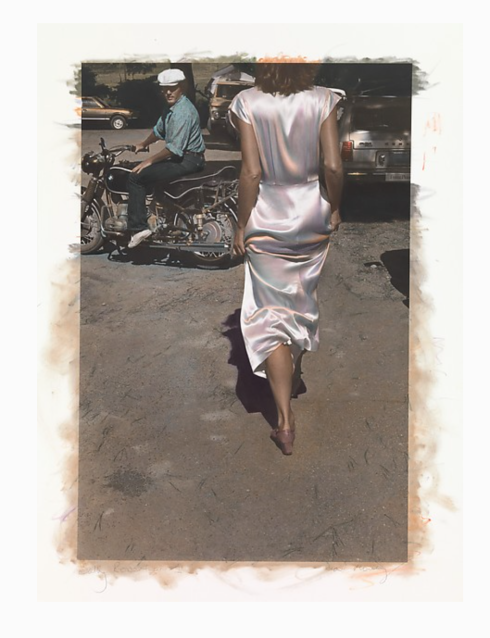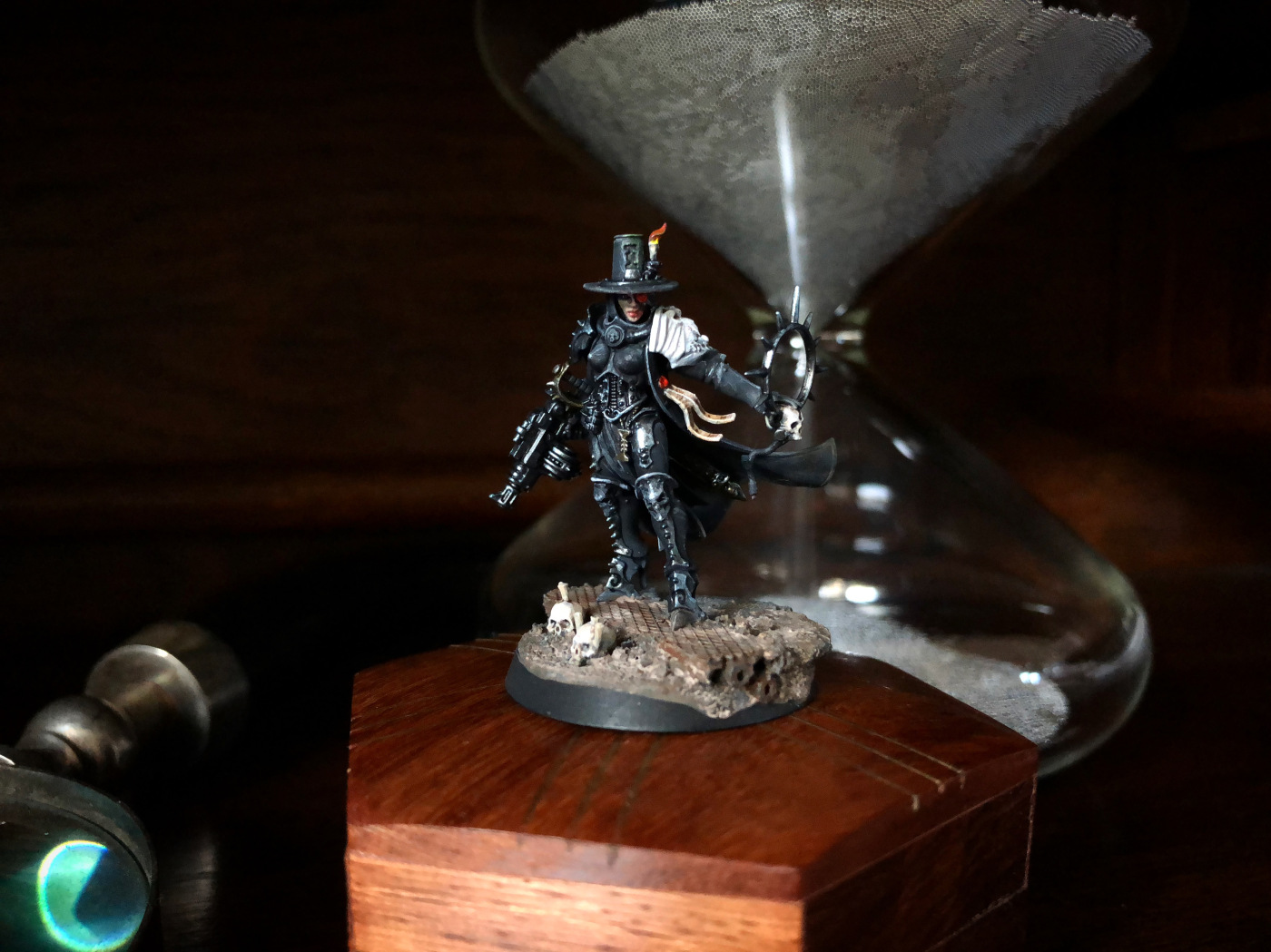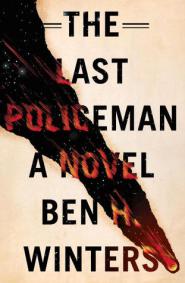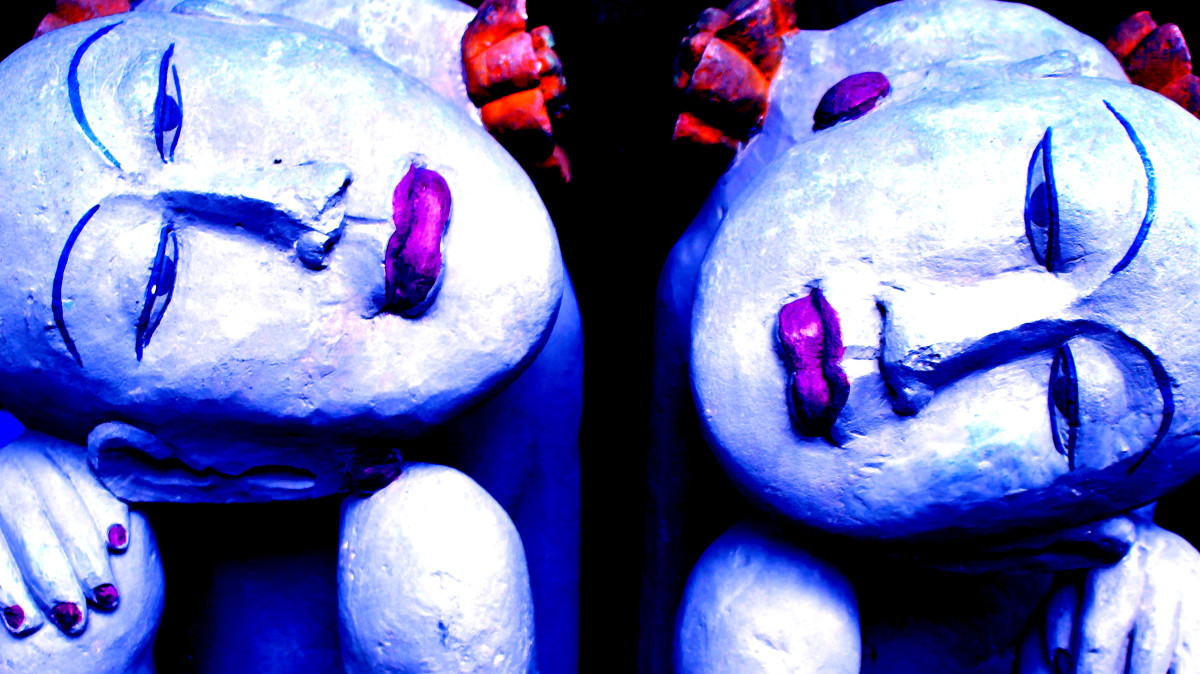Download links for: There is Power in a Union: The Epic Story of Labor in America


Reviews (see all)
Write review
Exhaustive, almost too exhaustive, history of labor battles - plenty of which I had no knowledge of.
A comprehensive organizing history. Very readable. Dispells lot of myths.
its okcouldnt finish
Other books by History & Biography
Other books by Philip Dray
Related articles












